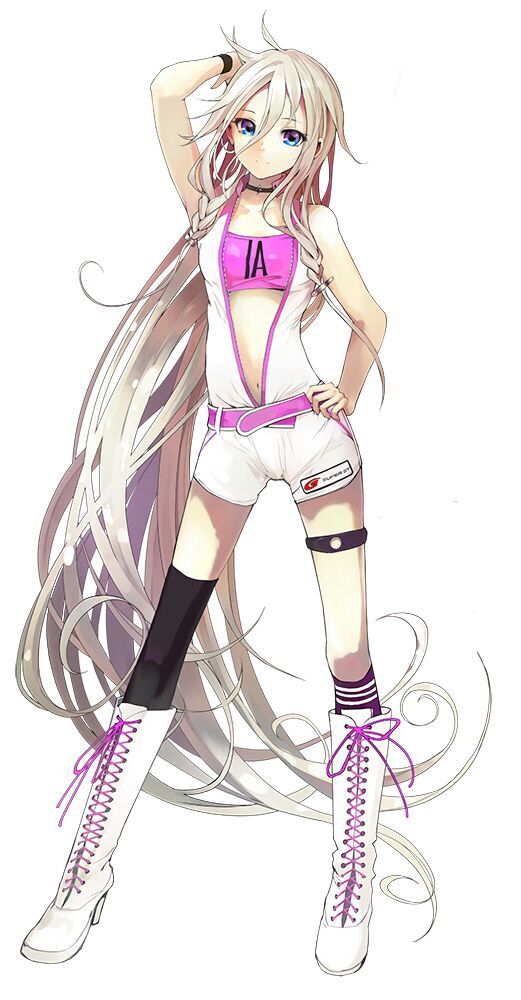


Vocaloid was also noted for its huskier results then later engine versions. A total of five Vocaloid products were released from 2004 to 2006. A patch was later released to update all Vocaloid engines to Vocaloid 1.1.2, adding new features to the software, although there were differences between the output results of the engine. In June 2005, Yamaha upgraded the engine version to 1.1. Later that year, Crypton Future Media also released the first Japanese Vocaloid Meiko who, along with Kaito, was developed by Yamaha. Zero-G later released Miriam, with her voice provided by Miriam Stockley, in July 2004. Leon and Lola were also demonstrated at the Zero-G Limited booth during Wired Nextfest and won the 2005 Electronic Musician Editor's Choice Award. Leon and Lola made their first appearance at the NAMM Show on January 15, 2004. The first Vocaloids, Leon and Lola, were released by the studio Zero-G on March 3, 2004, both of which were sold as a "Virtual Soul Vocalist". It was created under the name "Daisy", in reference to the song " Daisy Bell", but for copyright reasons, this name was dropped in favor of "Vocaloid". Yamaha started development of Vocaloid in March 2000 and announced it for the first time at the German fair Musikmesse on March 5–9, 2003. It is credited as the project that established many of the earliest models and ideas that would later be tested and tried for Vocaloid. The project was codenamed "Elvis" and did not become a product because of the scale of its vocal building required for just a single song. The earliest known development related to Vocaloid was a project that had occurred two years prior and funded by Yamaha.


 0 kommentar(er)
0 kommentar(er)
